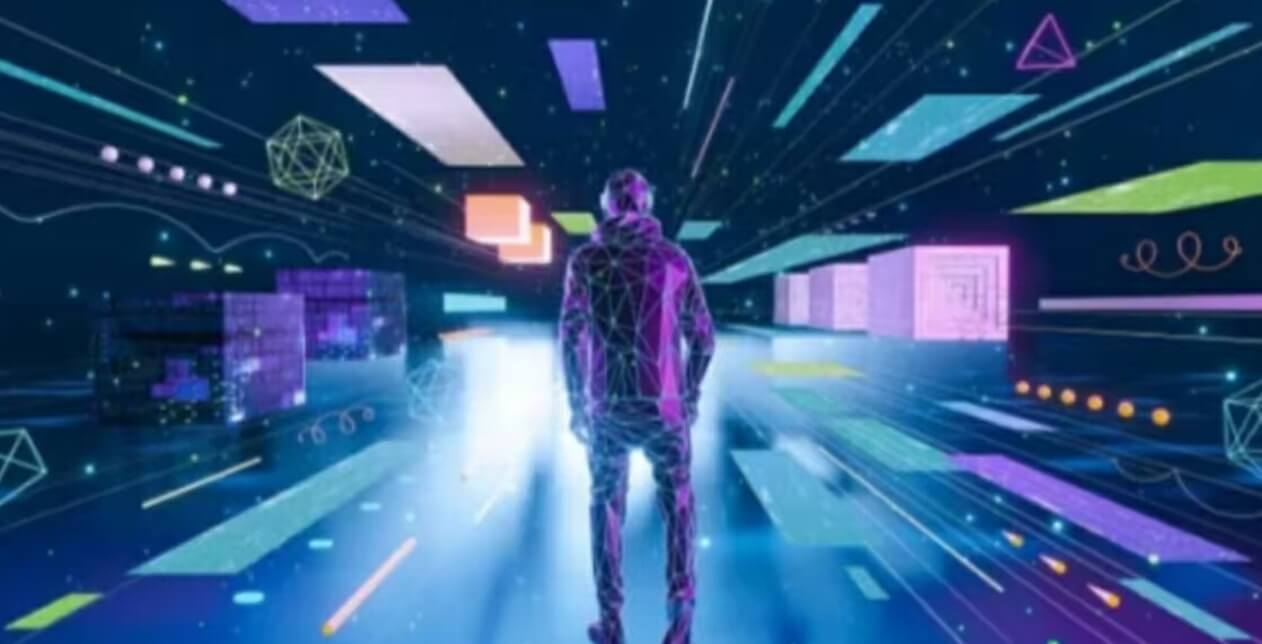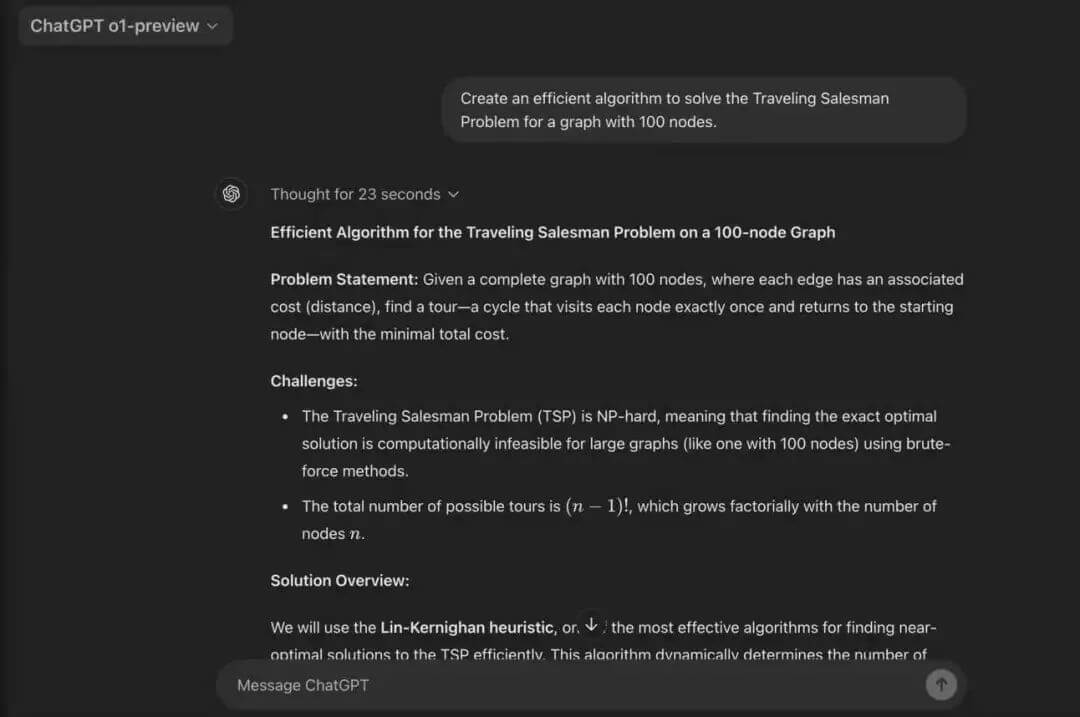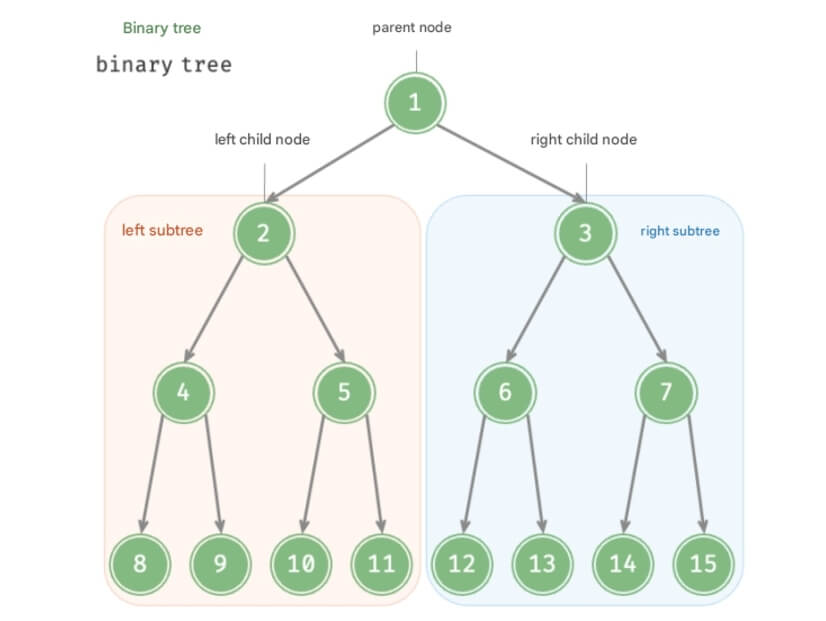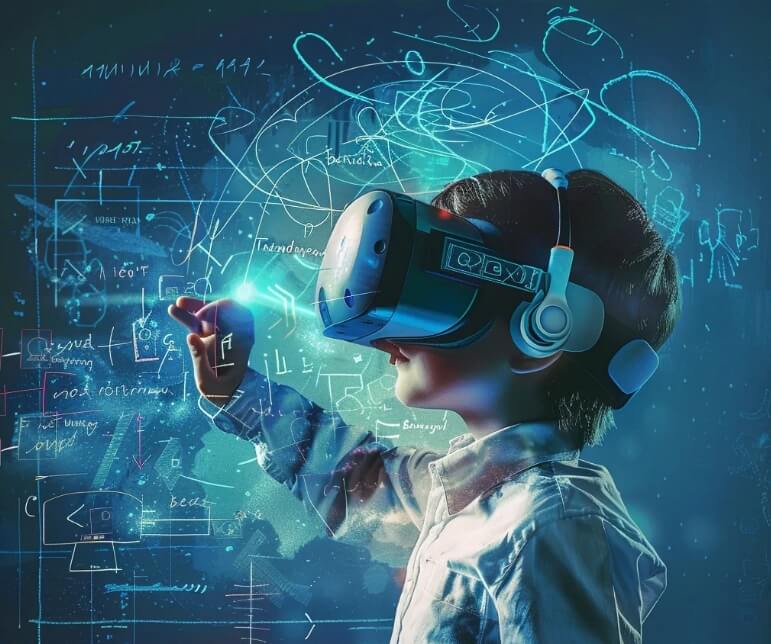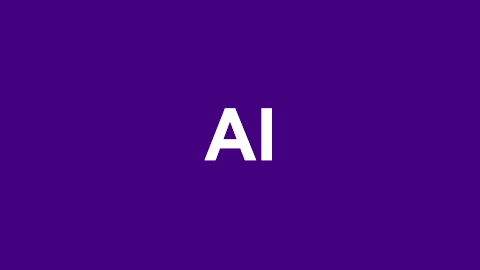Self-Supervised Learning (SSL) has become an important development direction in the field of machine learning in recent years, quickly becoming a hot topic in both research and applications. Unlike traditional supervised learning, self-supervised learning leverages unlabeled data and helps models extract useful features by designing tasks that generate labels on their own. This approach not only reduces the dependency on large amounts of manually labeled data but also greatly improves the model's performance across various tasks.
In this article, we will explore the definition, methods, application examples, challenges, and future development directions of self-supervised learning. We will also provide concrete code examples to help readers better understand the topic.
Part 1: Basic Concepts of Self-Supervised Learning
1.1 Definition and Background
Self-supervised learning is a form of unsupervised learning where the model learns data representations without explicit labels. Typically, self-supervised learning involves using part of the data as labels and training the model to predict the other part. It is widely used in various fields, including computer vision, natural language processing, and audio processing.
The rise of this approach is primarily due to the following reasons:
Abundance of data: Unlabeled data is more easily available in many fields than labeled data. Self-supervised learning can effectively utilize these data.
High labeling costs: Obtaining high-quality labeled data usually requires a significant investment of human and financial resources.
Powerful representation learning ability: Self-supervised learning can learn deeper feature representations through self-generated labels, enhancing the model's generalization ability.
1.2 Basic Workflow of Self-Supervised Learning
The basic process of self-supervised learning typically includes the following steps:
Task Design: Design self-supervised tasks, such as predicting image rotation or filling in missing words.
Label Generation: Generate labels based on the input data.
Model Training: Use the generated labels to train the model.
Feature Extraction: After completing the self-supervised task, extract model features for downstream tasks, such as classification or regression.
1.3 Comparison of Self-Supervised Learning with Other Learning Paradigms
| Learning Method | Features | Suitable Scenarios |
|---|---|---|
| Supervised Learning | Relies on labeled data | Tasks with abundant labeled data |
| Unsupervised Learning | No labels, typically used for clustering or dimensionality reduction | Unlabeled data, feature discovery |
| Self-Supervised Learning | Self-generated labels, utilizes unlabeled data | Scenarios with abundant data but scarce labels |
Part 2: Main Methods of Self-Supervised Learning
2.1 Contrastive Learning
Contrastive learning is a popular self-supervised learning method that aims to learn feature representations by maximizing the similarity between similar samples and minimizing the similarity between dissimilar samples. This method performs exceptionally well in image and text processing tasks.
Example Code: Contrastive Learning
Here is a basic implementation of contrastive learning using the PyTorch framework:
import torch import torch.nn as nn import torchvision.transforms as transforms from torchvision import datasets from torch.utils.data import DataLoader class SimpleNN(nn.Module): def __init__(self): super(SimpleNN, self).__init__() self.fc1 = nn.Linear(784, 256) self.fc2 = nn.Linear(256, 64) def forward(self, x): x = torch.relu(self.fc1(x)) return self.fc2(x) # Data loading and preprocessing transform = transforms.Compose([ transforms.ToTensor(), transforms.Lambda(lambda x: x.view(-1)) ]) mnist_data = datasets.MNIST(root='./data', train=True, download=True, transform=transform) data_loader = DataLoader(mnist_data, batch_size=64, shuffle=True) # Define contrastive loss function def contrastive_loss(x1, x2, label): # Compute Euclidean distance distance = nn.functional.pairwise_distance(x1, x2) loss = (1 - label) * torch.pow(distance, 2) + label * torch.pow(torch.clamp(1 - distance, min=0), 2) return loss.mean() # Instantiate model model = SimpleNN() # Training process optimizer = torch.optim.Adam(model.parameters(), lr=0.001) for epoch in range(10): for images, _ in data_loader: # Generate contrastive sample pairs (augmentation should be added here) # ... optimizer.zero_grad() outputs = model(images) # Compute loss and update model loss = contrastive_loss(outputs, outputs, label) loss.backward() optimizer.step()
2.2 Predictive Models
Predictive models are another approach in self-supervised learning, where labels are generated by learning certain attributes of the input data. For example, in image processing, a model can be trained to predict the rotation angle of an image.
Example Code: Rotation Prediction Model
import torch import torchvision.transforms as transforms from torchvision import datasets from torch.utils.data import DataLoader # Define rotation prediction model class RotationPredictor(nn.Module): def __init__(self): super(RotationPredictor, self).__init__() self.conv1 = nn.Conv2d(1, 16, kernel_size=5) self.pool = nn.MaxPool2d(2, 2) self.fc1 = nn.Linear(16 * 12 * 12, 4) # 4 rotation directions def forward(self, x): x = self.pool(torch.relu(self.conv1(x))) x = x.view(-1, 16 * 12 * 12) return self.fc1(x) # Data loading transform = transforms.Compose([ transforms.RandomRotation(90), transforms.ToTensor() ]) mnist_data = datasets.MNIST(root='./data', train=True, download=True, transform=transform) data_loader = DataLoader(mnist_data, batch_size=64, shuffle=True) # Training process rotation_model = RotationPredictor() optimizer = torch.optim.Adam(rotation_model.parameters(), lr=0.001) for epoch in range(10): for images, _ in data_loader: optimizer.zero_grad() # Generate rotation labels # Implement rotation of input images and get corresponding labels outputs = rotation_model(images) # Compute loss and update model pass # Implement loss computation and backpropagation
2.3 Generative Models
Generative models (such as autoencoders and variational autoencoders) generate new data samples by learning the latent distribution of the data. Self-supervised learning can use generative models for data augmentation or data synthesis.
Example Code: Simple Autoencoder
class AutoEncoder(nn.Module): def __init__(self): super(AutoEncoder, self).__init__() self.encoder = nn.Linear(784, 256) self.decoder = nn.Linear(256, 784) def forward(self, x): x = torch.relu(self.encoder(x)) return torch.sigmoid(self.decoder(x)) # Train autoencoder autoencoder = AutoEncoder() optimizer = torch.optim.Adam(autoencoder.parameters(), lr=0.001) for epoch in range(10): for images, _ in data_loader: images = images.view(-1, 784) # Flatten the images optimizer.zero_grad() outputs = autoencoder(images) # Compute reconstruction loss loss = nn.functional.mse_loss(outputs, images) loss.backward() optimizer.step()
Part 3: Application Examples of Self-Supervised Learning
3.1 Image Processing
Self-supervised learning has broad applications in image processing, particularly in tasks such as image classification, object detection, and image generation. Through self-supervised learning, better feature representations can be obtained, which in turn improves the performance of downstream tasks.
Application Examples:
SimCLR: By using contrastive learning, the SimCLR method demonstrates the effectiveness of self-supervised learning in image classification tasks, achieving competitive performance with fewer labeled data.
RotNet: This method trains a model using an image rotation prediction task, effectively learning image features.
3.2 Natural Language Processing
In Natural Language Processing (NLP), self-supervised learning is widely used in training language models such as BERT and GPT series models. These models learn rich language representations by predicting missing words or sentence order in the text.
Application Examples:
BERT: With the Masked Language Model (MLM) task, BERT is able to predict masked words from context, performing excellently in language understanding tasks.
GPT: Using an autoregressive model to generate text, GPT trains by predicting the next word in a sequence, showing powerful generative capabilities.
3.3 Audio Signal Processing
The application of self-supervised learning in audio processing is also growing, including in tasks like speech recognition and music generation. By generating self-supervised labels, models can learn the underlying structure of audio, enhancing their generation and recognition capabilities.
Application Example:
Wav2Vec: Through self-supervised learning on unlabeled audio data, Wav2Vec has significantly improved the performance of speech recognition models.
Part 4: Challenges and Future Outlook
4.1 Data Scarcity
Although self-supervised learning can effectively utilize unlabeled data, data scarcity remains a challenge in some fields, especially in highly specialized tasks. Future research can focus on how to generate useful self-supervised tasks to further improve model performance.
4.2 Model Complexity
The complexity of self-supervised learning models may lead to issues such as long training times and high computational resource requirements. Optimizing model structures and training algorithms is key to improving the efficiency of self-supervised learning. Researchers need to seek more efficient model architectures and algorithms to reduce training costs.
4.3 Interpretability Issues
The decision-making process of self-supervised learning models is often opaque and lacks interpretability. In practical applications, improving model interpretability is necessary for users to understand and trust the model's outputs. Future research can focus on how to introduce interpretability analysis tools in self-supervised learning.
4.4 Future Research Directions
The future of self-supervised learning is promising and can expand into a wider range of application fields. Cross-disciplinary research will contribute to the further development of its methodology. For instance, combining self-supervised learning with reinforcement learning may lead to new breakthroughs. Additionally, exploring the application of self-supervised learning in multimodal learning is another promising direction.
Conclusion
Self-supervised learning, as an important development direction in machine learning, demonstrates tremendous potential and broad application prospects. By effectively utilizing unlabeled data, self-supervised learning not only improves model learning efficiency but also provides new ideas for solving data scarcity issues. With the continuous advancement of technology, self-supervised learning will have a profound impact on various fields, offering strong support for the development of artificial intelligence.
